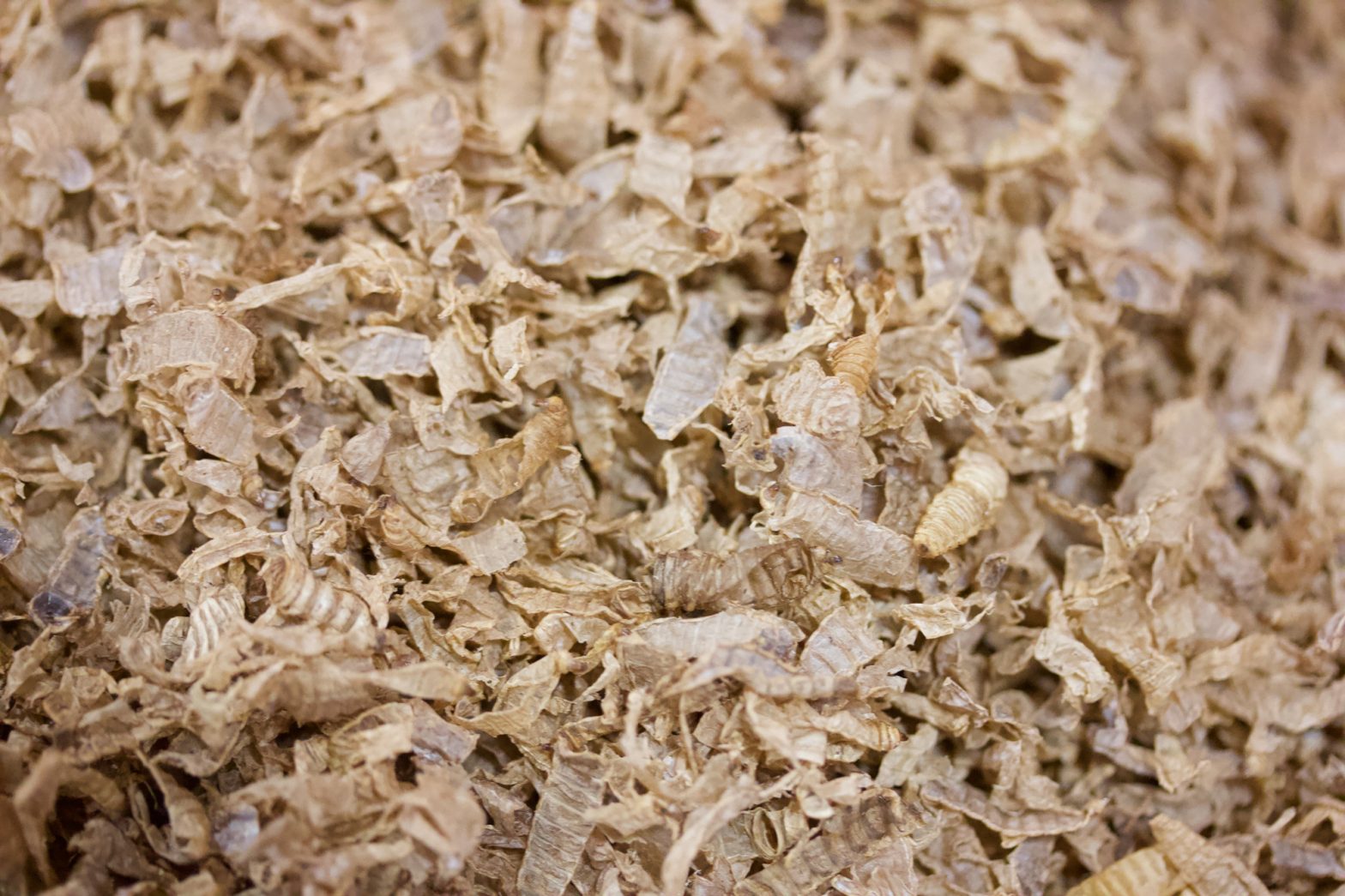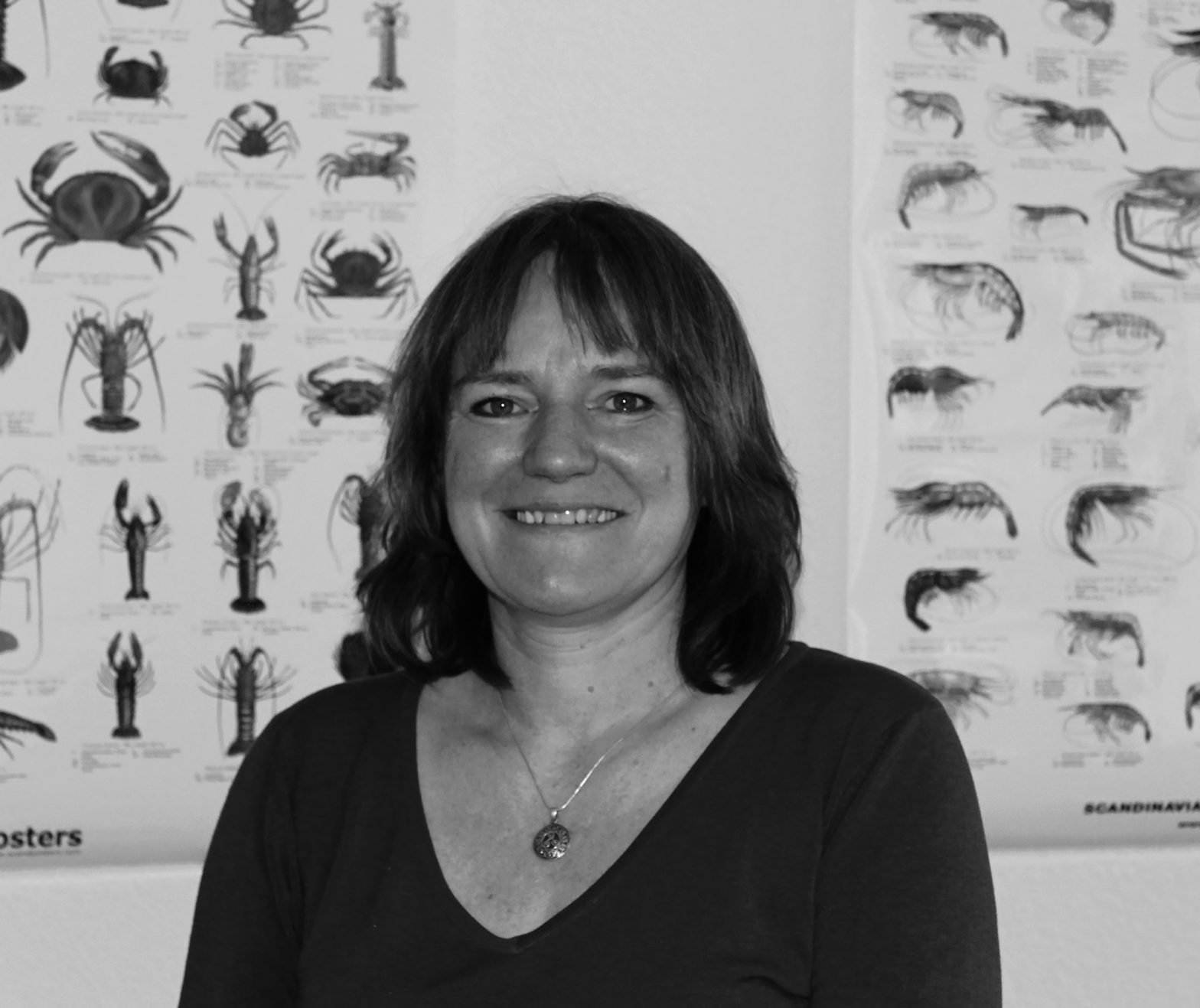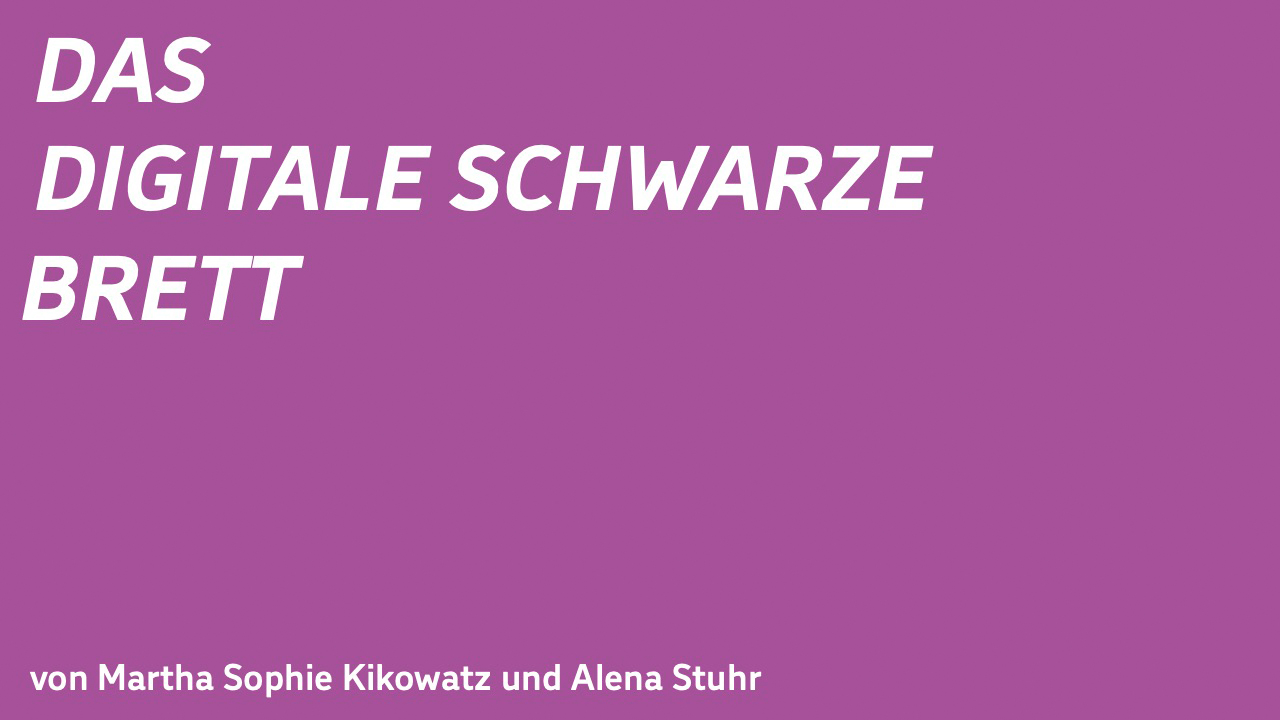CHITOSAN profile by Max Greiner, Lara Herrmann & Sophie Kikowatz Description of the materialChitosan is a substance obtained by deacetylation of chitin (the second most abundant natural biopolymer after cellulose). Natural occurrences of chitin are shellfish, exoskeletons of insects and fungi. The shells or insect carapaces are available in large quantities, e.g. in the production …
Author Archives: Martha Sophie Kikowatz
INTERVIEW with ANKE WUNDER from BIOLOG HEPPE
INTERVIEW with ANKE WUNDER from BIOLOG HEPPE by Max Greiner, Sophie Kikowatz & Lara Herrmann What are the most important steps of the chitosan production? We use shells that are left over from peeling crabs and prawns. Often there are remains of meat (protein) and calcium carbonate, but the most interesting substance of such shells …
Continue reading “INTERVIEW with ANKE WUNDER from BIOLOG HEPPE”
INTERVIEW with FLORIAN HOFMANN from TU BERLIN
INTERVIEW with FLORIAN HOFMANN from TU BERLIN by Max Greiner, Sophie Kikowatz & Lara Herrmann What made you get involved in the topic sustainability? I studied sustainability science and while I was thinking about what I wanted to do in my master‘s thesis, I found the topic of obsolescence quite exciting. It has been picked …
Continue reading “INTERVIEW with FLORIAN HOFMANN from TU BERLIN”
Chitosan X Cellulose
Chitosan X Cellulose A material combination in an established cycle Chitosan and cellulose form a material combination that can be recycled in an established material cycle. The solubility of chitosan in acidic solutions fits into the existing processes of waste paper recycling.This project presents the properties of the material combination developed and documented in experiments. …
THE INTRODUCTION OF A MATERIAL DEPOSIT
THE INTRODUCTION OF A MATERIAL DEPOSIT to promote the recycling of bio-plastics The following work discusses the introduction of a material deposit to promote the recycling of bio-plastics. The promotion of a circular economy precedes that our handling of Earth‘s resources must change. Here I suggest a material deposit: borrowing as a socially established form …
PROCESS DIGITAL BULLETIN BOARD
PROCESS DIGITAL BULLETIN BOARD closing gaps in social interaction that were created by the outbreak of the corona virus The corona pandemic has shown how diverse the opportunities are to get digitally in contact and to help each other. But digital spaces are not accessible to everyone. According to a study from 2019, about 10 …
DIGITAL BULLETIN BOARD
DIGITAL BULLETIN BOARD closing gaps in social interaction that were created by the outbreak of the corona virus The corona pandemic has shown how diverse the opportunities are to get digitally in contact and to help each other. But digital spaces are not accessible to everyone. According to a study from 2019, about 10 million …
DOWNHILL
DOWNHILL a sledge made of ice and snow From the idea of shortening the lifespan of a sledge to its actual service time, two solutions emerged. The use of ice and snow limits the existence of the products to the time and place of use. The sleigh bag The sleigh bag is perfect for a …








